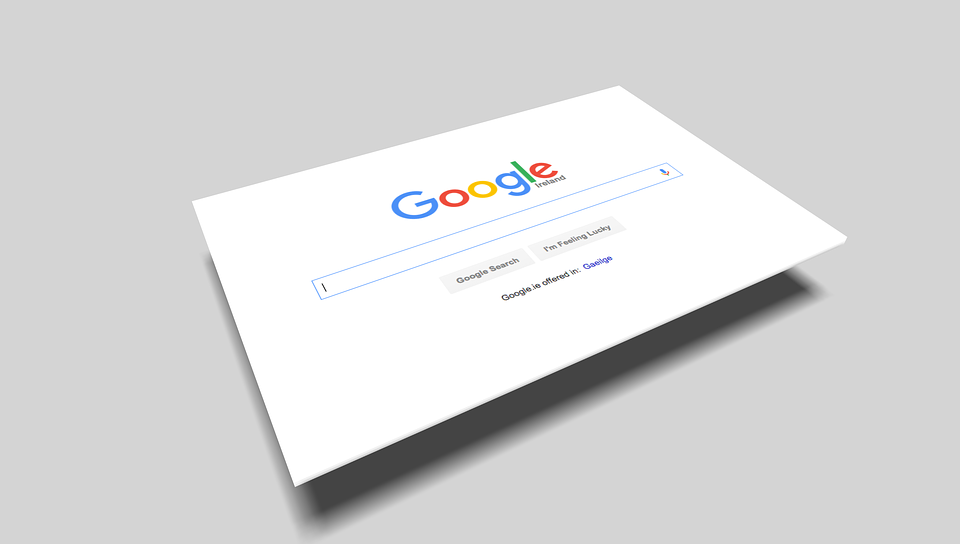Google is one of the leading search engines in the world, and almost every site is focus on ranking in Google. However, there are things that will hurt your rankings, like the Google manual penalties. These penalties are designed to help Google fight spam, and you usually receive a notification to tell you that there is an issue. Although, in some cases you website may have been hacked, and the hackers may have included spammy links. This will also mean that your site could be penalized by Google. If you do receive a manual penalty from Google then there are some steps you can take to have it removed.
1. Assess Your Site
Assess your site for backlinks. You can use a tool, like Google’s Webmaster tool, or third party tools, to help you identify which sites are linking to your website. You should actually use more than one tool to do this, as they can miss some links. If you suspect that your site has been hacked, then you should change platform in addition to assessing your links. You can purchase a clean SEO friendly WordPress Theme from templatemonster.com. You may want to hire an SEO company to help you with this. Once you have changed platform and identified all the backlinks, you should organize them into a spreadsheet, or whichever format you choose. Keeping your links organized means that step two is easier to achieve
2. Assess Your Backlinks
Once you have your list of links, you can begin to assess them to determine their quality. There are tools that can help to classify links into categories – good and bad. You can use these tools to give you a starting point, but as you need to be extremely thorough, you should take the time to manually assess each link. You will want to classify them as natural, unnatural and suspicious. Any links that come from directories or article farms are unnatural, but links that are irrelevant to your business and industry should be considered for removal too.
3. Contact
Once you have assessed the links, and decided which ones need to be removed and which can stay, you need to contact the webmasters of the sites. You can make an email template to ask the webmaster to remove the link to your site, or change any suspicious one to ‘no-follow’. Making an email template will make this process a little smoother and faster. Keep a record of who you’ve emailed and when. Be prepared that some sites, particularly the directories and article farms, may take much longer than others to respond or you might want to contact them again. If a webmaster responds and says that the links have been removed, always make sure that you manually check that this is true.
4. Disavow
There are a few reasons why you may not be able to change or remove links. You may not get any response from the webmaster, or the site may no longer be operational. In these cases, you should use Google’s disavow tool. .This tool allows you to upload a text file containing all the sites and pages that you want Google to ignore when they assess your backlinks. For sites that you know are toxic, you should consider disavowing the whole domain, and not just the specific page.
5. Reconsideration
Once you’ve completed the first four steps you can ask Google to re-assess your site. This can be done through the webmaster tools, and you should outline what steps you’ve taken to fix the problem, and explain what steps you will take in the future to build natural backlinks. According to Heather Corners, an SEO expert from A Plus Digital, it can take some time before you get a response, and you might have to ask for reconsideration more than once. It can take four to six weeks for Google to check your site as this must be done manually.
One of the most important things in removing a Google manual penalty is persistence. Your reconsideration request might be refused, or Google may need you to take further action. In which case you should go back to step one and begin again. Some sites prefer to hire a professional to remove a Google manual penalty. This can be a good idea, as professional teams have much more experience, skill and understanding in how to get your site within Google’s guidelines and have the penalty removed.
Author Bio
Amy Trotter is a freelance writer. She lives in Vancouver with her son, her partner and their dog. She enjoys snowboarding whenever she can, and spending time with her five year old.




